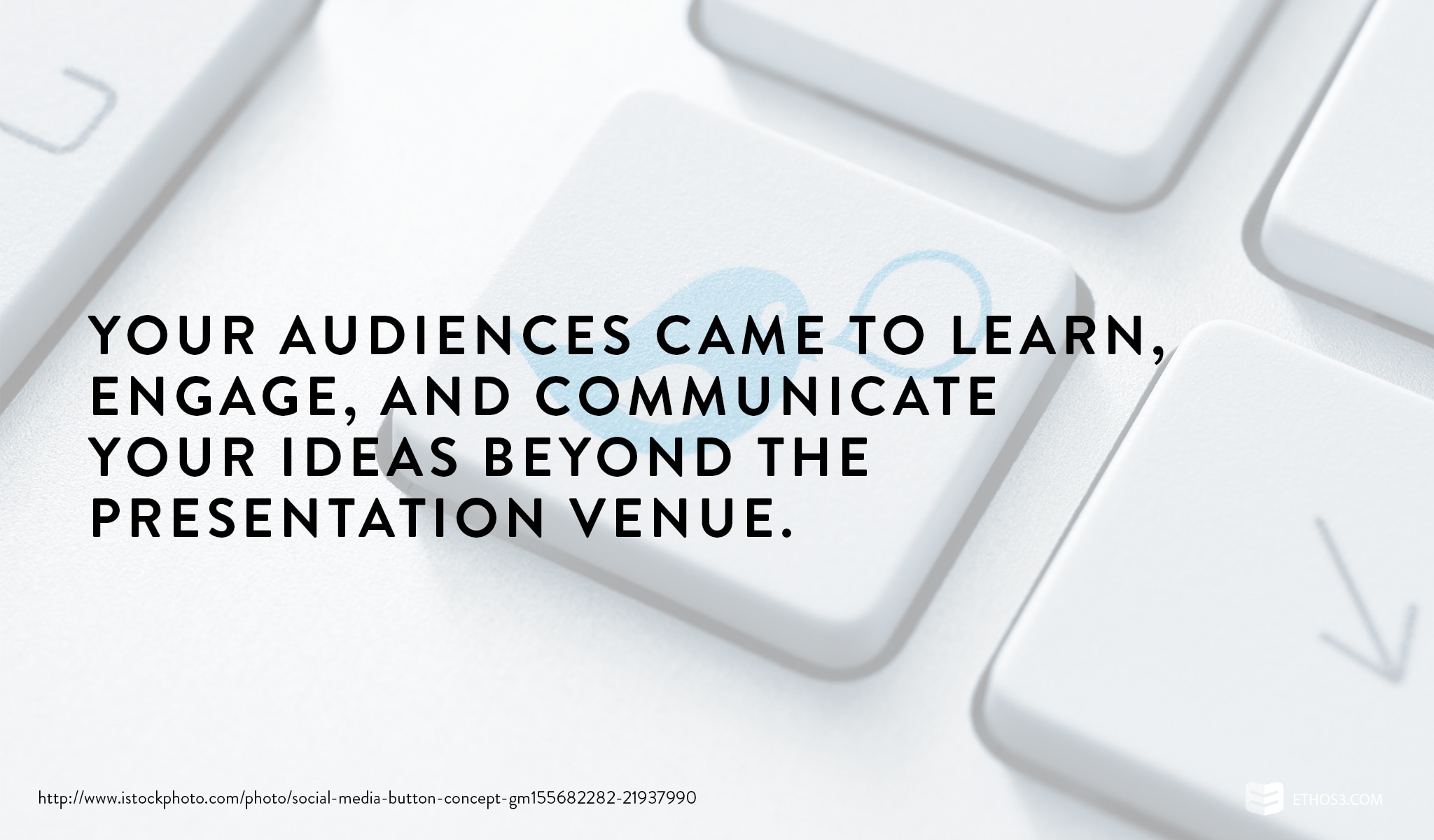Isn’t placing content of any type on a slide you are presenting at a conference and expecting that content to remain secret like wearing a large, floppy hat to work and acting surprised when your co-workers comment on it? The American Diabetes Association (ADA) didn’t believe so until recent criticisms hurled at the organization’s tweet ban during presentations at their annual congressional event. Staff members were in attendance to enforce the policy. Participants who posted slides with copyrighted data without proper accreditation were required to delete the material from their social pages.
The business climate has been shifting towards expansive data collection and consumers have been asking for one item in return: transparency. So, while the ADA itself may not be the source of attendees’ data collection concerns, the entity represents a hypocrisy. The institutions that obtain virtually all of our data refuse to share their own – even when they are presenting it in a public space. As presenters, we are protective of our research and our distinct findings. But we haven’t quite harnessed our expectations of when and how our precious data should be shared.
If you plan to include data in any presentation – whether there is a copyright on it or not – the data is getting out there. You are placing it in front of a room full of eyes. The primary consideration, then, is not whether audience members should be permitted to share slides, but whether presenters should even be sharing that data to audience members in the first place. Presenters who decide to not only share their data, but also to allow viewers to share it too, could reap many rewards. Before putting any information on your presentation slides, respond to the following questions:
1. What are the advantages to my immediate audience, potential larger reach, and myself of sharing my data?
2. How would sharing my data influence the perception of the findings or of my overall message?
3. What are the disadvantages to my immediate audience, potential larger reach, and myself of sharing my data?
4. In what ways could I ensure the correct use and appropriate application of my data without affecting its shareability?
To Share…
Optimal visibility
Sharing your data, and in turn, giving your audience the reigns to distribute your data to their social following will result in higher message consumption. You should be promoting your presentation attendees to take pictures of your slides and show other like-minded individuals.
Perception control
If you are the first person to share your information, then you have more control over how it is synthesized by people and organizations moving forward.

Or Not To Share…
Research concerns
This piece of advice may seem obvious, but absolutely do not share data that you suspect might arouse suspicion in those who come across it. Questions of resource, method, interest, and more should be considered before committing details to deck.
Basic understanding
Finally, if the person who will be presenting the information to an audience doesn’t have a firm grasp on the context, background, and impact of the data, then sharing may be premature.
How Should the ADA Handle Their Presentation Tweet Policy?
Instead of giving the burden of data protection to presentation participants, the ADA should revise its presentation tweet ban. Presenters need to become more accountable to their content, how they disseminate it, and when they reveal certain aspects of it. Your audiences came to learn, engage, and communicate your ideas beyond the presentation venue. Remove the restraints that hold your listeners back.
Related Posts:
How to Successfully Share Presentations on Twitter
Using Presentation Skills to Handle Hackers
